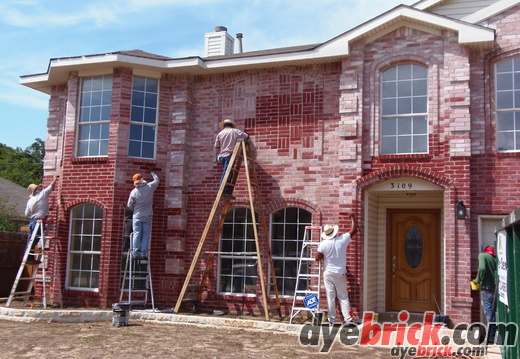
COLOUR CHANGES
Give your house a complete make-over!
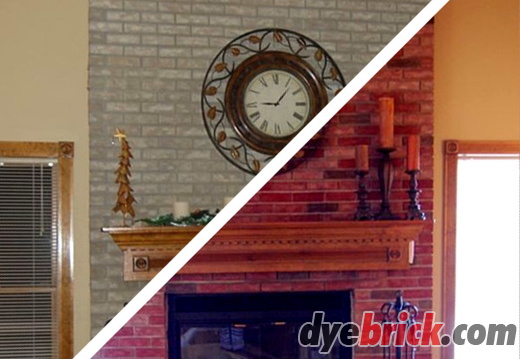
FIREPLACES
Dyebrick is fire resistant and odourless! Dyebrick is ideal for brick fireplaces as our product is odourless and fire retardant.
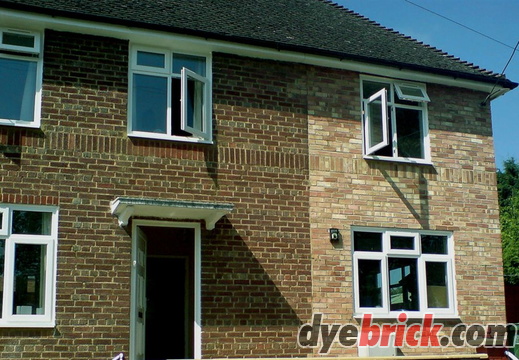
EXTENSIONS
Extension MatchingExtension matching made easy and economical with Dyebrick!
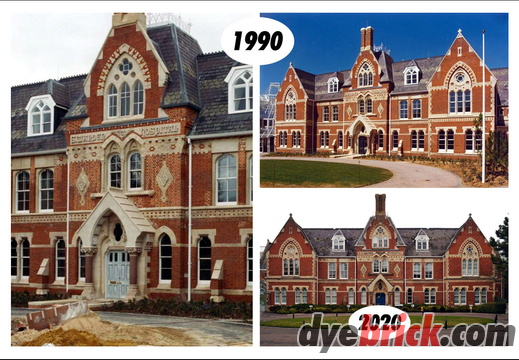
AFTER 10-30 YEARS!
Durability - Practical evalulation

WIN A CAMERA !
Please send us some before and after photographs of you project!
You will then be entered into our Customer Gallery Competition for the chance to win one of five quality cameras!
Our competition closes in December. Just in time for Christmas!
SOOT WASH MILD
AGE YOUR BRICKS WITH BRICK-AGE'Brick Age' is the name given to our Soot Wash Replication - Mild. See our Brick-Age website for more information. It is suitable for most brick ageing techniques.
However, if you require deeper, blacker shades to replicate heavy soot wash effects then please use our 'Soot Wash Replication - Heavy'.
'HEAVY' is 4x stronger than our 'MILD' and will produce blacker results: See our Soot Wash website for more information.
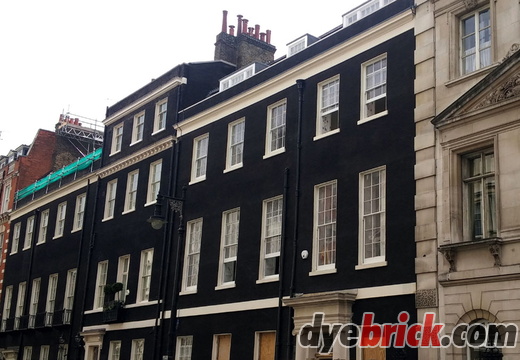
SOOT WASH HEAVY
SOOTWASHING BRICKWORKSoot washing can be replicated. It can also be controlled and matched perfectly using Soot Wash Replication - HEAVY!
See our Soot Wash website for more information.
'HEAVY' is 4x stronger than our 'MILD'.
The proportion of high-grade Carbon Lampblack and a proportion of London soot is increased to produce a formula sympathetic for use on historic buildings.
For more subtle ageing techniques please see our Replication MILD
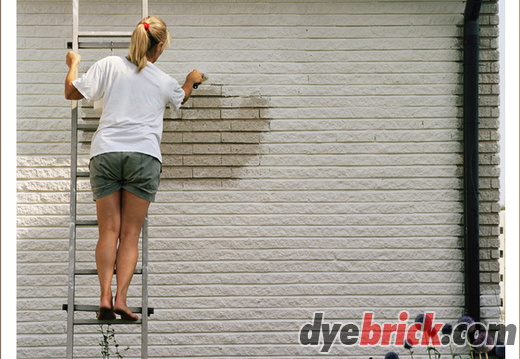
LIGHTENING BRICKS with LimeLike!
with LimeLike! Lightening Brick requires our special LimeLike product.
Please visit our LimeLike website
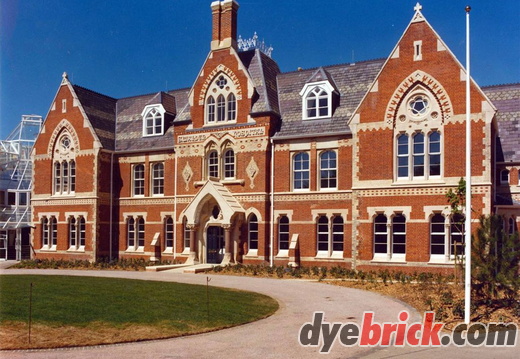
RESTORATIONS
Restore and enhance with Dyebrick!
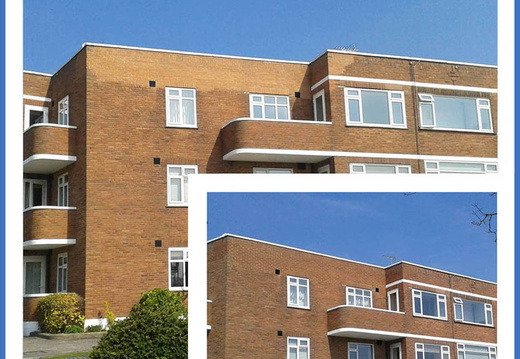
REPAIR WORK
Disguise obvious repairwork!
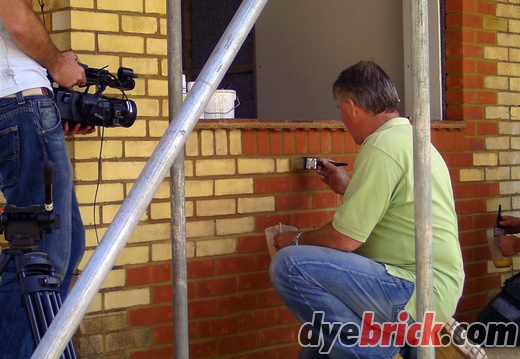
GARAGE ROOMS
Matching New Bricks
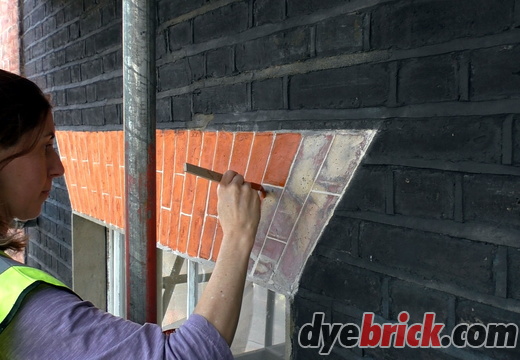
Feature Bricks & Details
Features can be added or enhanced to produce attractive details.

OTHER USES
Other uses for dyebrick brick stain
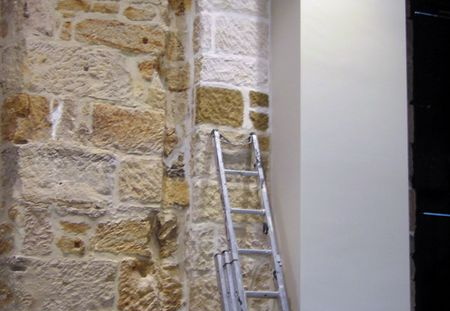
STONE TINTING
Dyebrick is only effective in colouring certain types of stonework.
Trials must be carried out on a small area first to assess the suitability and compatibility with your particular masonry.
Some stone types are very porous and also have high psv's (polished stone values) which make them difficult to tint effectively.
PLEASE NOTE: Dyebrick is only guaranteed for brickwork and does not apply to stonework.
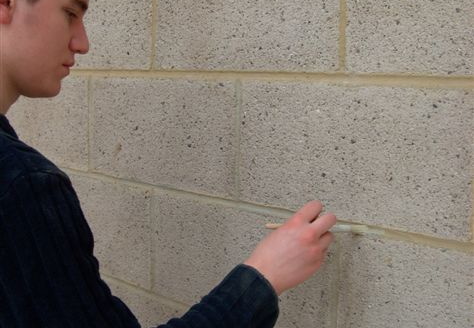
MORTAR TINTING
Dyebrick can also be used on most mortar types
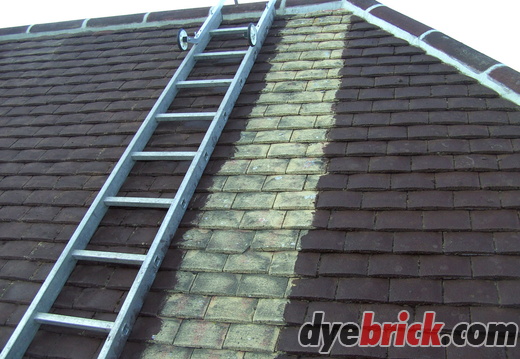
TILE TINTING
Colouring roof tiles: Dyebrick can be used to restore and enhance old faded concrete and clay roof tiles. It is only suitable for uncoated, natural concrete and clay roof tiles and should not be used on modified acrylic slurry-coated tiles or tiles with a glazed or sealed surface. Quite a few tiles manufactured over the last 10 years fall into this category, so please check first.
DYEBRICK IS NOT GUARANTEED FOR USE ON ROOF TILES. However, we do supply a 10 Year Guarantee against colour loss or fade on Vertical clad tiles. The best method for application is by paintbrush. You need to be careful to avoid the product becoming airborne and staining any other surfaces.
Dyebrick will not be effective on moss, algae or lichen or excessive dirt, so these deposits must be removed by pressure washing. Extra care must be taken if removing trapped contaminants from old tiles, as this can compromise the durability of the surface.
Sample test areas should always be carried out to assess the practicalities or suitability of colour corrective measures.
Allow the cleaned areas to dry out thoroughly as the roof needs to be dry prior to any tinting work.
Concrete roof tiles can absorb a large amount of fluid so please test the coverage rate of your tiles first. See how many tiles you can coat using 1 litre of water first, this will give you a guide on how much to purchase.
Please try our sample pots first, to assess the degree of attachment to your tile type. You can then try pressure washing the surface the following day and see how well it has attached.
DYEBRICK IS NOT GUARANTEED FOR USE ON ROOF TILES. However, we do supply a 10 Year Guarantee against colour loss or fade on Vertical clad tiles. The best method for application is by paintbrush. You need to be careful to avoid the product becoming airborne and staining any other surfaces.
Dyebrick will not be effective on moss, algae or lichen or excessive dirt, so these deposits must be removed by pressure washing. Extra care must be taken if removing trapped contaminants from old tiles, as this can compromise the durability of the surface.
Sample test areas should always be carried out to assess the practicalities or suitability of colour corrective measures.
Allow the cleaned areas to dry out thoroughly as the roof needs to be dry prior to any tinting work.
Concrete roof tiles can absorb a large amount of fluid so please test the coverage rate of your tiles first. See how many tiles you can coat using 1 litre of water first, this will give you a guide on how much to purchase.
Please try our sample pots first, to assess the degree of attachment to your tile type. You can then try pressure washing the surface the following day and see how well it has attached.
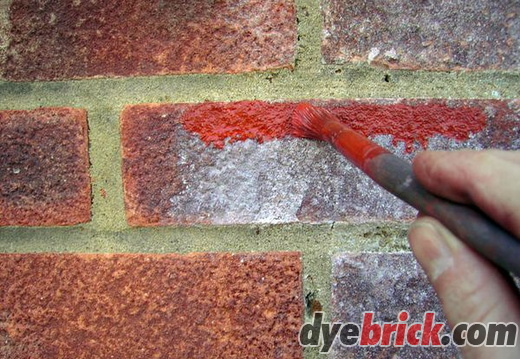
EFFLORESCENCE
Covering EffloresenceEfflorescence is when soluble salts migrate to the surface of the masonry and crystallise as they dry, forming white deposits.
This is a natural phenomenon and are usually caused by salts within the original clay that the brick is made from. However, they can also come from the ground or from adjacent masonry structures.
If the efflorescence is recent, then these areas should be left to weather naturally. Heavy deposits can be removed using a dry brush.
If the deposits are fairly insoluble and have been there for some time, then it is possible to tint them. However, this will not prevent new salts forming in the future.